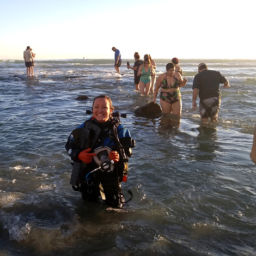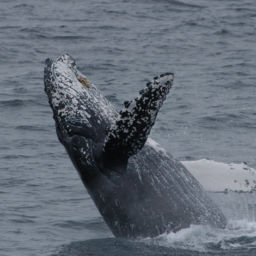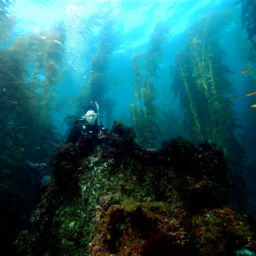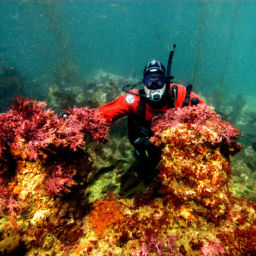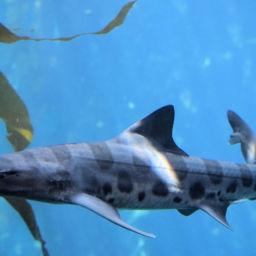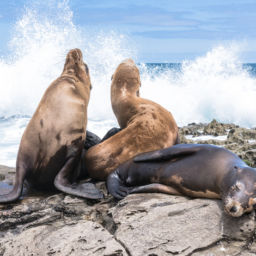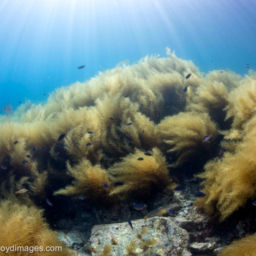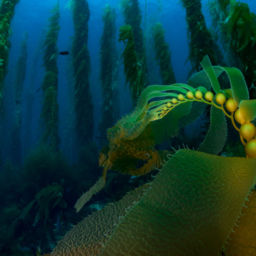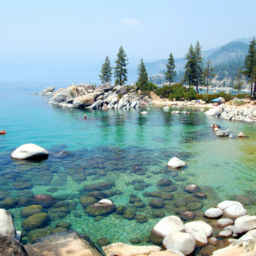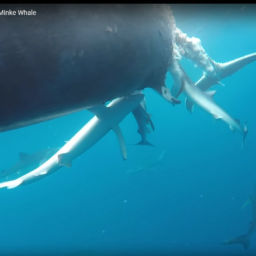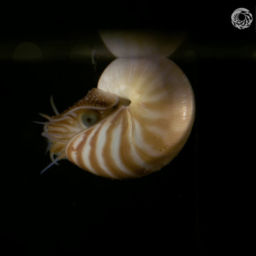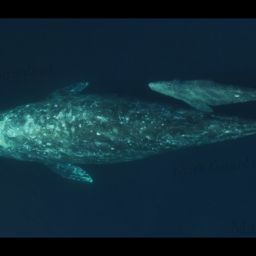When you think of sunny Southern California, diving may not be the first activity that comes to mind. But beneath the waves lies a magical realm, including forests, canyons, and caves — all filled with unique wildlife. And though it may be sunny topside, Southern California waters can be deceivingly cold. While daytime air temperatures may reach over 90 F (32 C), water temperatures average 60 F (30 C) year-round. You’ll need extra gear, likely a drysuit, to enjoy Southern California sea life, but the reward heavily outweighs the “extra weight.” Pun intended.
Below is a short list of animals you might encounter on a dive to one of the many outstanding Southern California dive sites, along with a few facts about them that might enhance your encounter or shed some light on the behaviors you see. Now it’s time to don that drysuit and begin exploring all the secret dive spots Southern California has to offer.
California sheephead (Semicossyphus pulcher)
- Sheephead tend to be very friendly and follow divers around, possibly for opportunistic foraging. They are very docile and can be curious.
- Live in kelp forests and rocky reefs from 15 to 165 feet (4 to 50 m)
- Like other wrasses, sheephead are protogynous, which means they are born female and only the largest, most dominant individuals will undergo hormonal changes and become male.
- Sheephead act as important predators in kelp forest by regulating sea urchin populations. Some have been seen using rocks as tools to smash sea urchins.
Garibaldi (Hypsypops rubicundus)
- The California marine state fish is also the largest member of the damselfish family.
- Territorial towards each other and occasionally divers, these animals live along rocky bottoms and males tend to guard a home territory.
- Garibaldi stand out across the reef because of their bright orange coloration, but juveniles have iridescent blue spots lining their body.
- Females can lay over 50,000 eggs at a time.
Giant sea bass (Stereolepis gigas)
- Probably the largest species you can see while diving Southern California. Sea bass can grow to over 7.5 feet (2.2 m) and live for over 70 years.
- Once fished close to extinction, these animals are now bouncing back with the help of strategic Marine Protected Areas (MPAs), such as those along the Southern Channel Islands.
- They prefer kelp forests and rocky caves, staying in the mid-water column among the strands of California giant kelp.
Round stingray (Urolophus halleri)
- Primarily found along Southern and Baja California beaches, this animal prefers sandy and muddy bottoms.
- It is not uncommon to find them in aggregations around the warmer breeding and pupping months, as water temperatures rise and surf calms.
- Individuals will hide in the sand close to shore to ambush prey.
- Round stingrays have an average size of less than 1 foot across and are round in shape. Their venomous spine is typically around 1-2 inches long at the base of their tail.
California two-spot octopus (Octopus bimaculoides)
- Found commonly at night, these animals will hide in holes during the day and forage under the cover of darkness.
- Because of their sensitivity to certain pollutants, octopuses are great bioindicators in marine ecosystems.
- Using highly developed camouflage, individuals can quickly change color and texture to match their environment.
- Females will guard and fan eggs continuously for two to four months, waiting for them to hatch.
Green sea turtle (Chelonia mydas)
- The largest of the hard-shell sea turtles, green turtles can weigh in over 700 pounds (317 kilograms) when fully grown.
- Although commonly seen grazing peacefully on sea grasses or red algae, the green sea turtle is quite agile underwater. Animals can attain speeds over 30 miles per hour (48 km) to escape predators.
- Although not commonly seen in Southern California, divers have frequently observed a few individuals inside the La Jolla State Marine Reserve, especially in the shallow, rocky reef.
- Very susceptible to species decline due to loss of nesting beaches to coastal development
California spiny lobster (Panulirus interruptus)
- Divers will encounter these invertebrates under rocky ledges or in shallow surf grass beds.
- Hiding during the day, lobsters come out at night to forage in the kelp forest and interconnected sand channels strewn across the seafloor.
- Unlike other lobsters, they do not have pincers. Instead, their carapaces are lined with sharp extrusions that can ruin even the best dive gloves.
- Prevalent throughout Southern California, spiny lobsters are harvested both recreationally and commercially, although most are exported abroad for consumption.
Kelp bass (Paralabrax clathratus)
- The body of the kelp bass is elongate in shape and colored brown-olive with light blotches.
- Kelp bass live in rocky areas and kelp beds along the entire California coast.
- Typically loners, kelp bass will travel in small schools when hunting small schooling fish.
- This species of bass is a popular recreational fishery species and their population is thought to be stable.
Senorita (Oxyjulis californica)
- Living among kelp beds and rocky reefs, it’s hard to miss these small schooling fish, with their bright orange color.
- Senoritas are a type of cleaner wrasse; you’ll see many other fish approaching them to receive a quick cleaning or removal of parasites from around the gills and fins.
- Only reaching 10 inches (25 cm) long, senoritas will sleep at night buried in sand with only their head protruding.
California scorpionfish (Scorpaena guttata)
- This small, camouflaged fish inhabits the ocean floor and can easily remain hidden to the untrained eye.
- Ambush predators, such as the scorpionfish, will wait for hours until suitable prey passes by, inhaling the creature with blinding speed and accuracy.
- Like its Caribbean relatives, the California scorpionfish has venomous spines that can produce intense pain and swelling in humans.












